Tourism recovery: tourism has started to recover in Colombia with flights available to most destinations in Colombia and hotel occupancy expected to reach 30 percent.
There has been a huge tourism impact of coronavirus in Colombia but Colombia started to reactivate tourism in Colombia beginning on September 1. And since that time, tourism has slowly started to recover.
The Colombian Association of Travel and Tourism Agencies (Anato), revealed that between December 1 and 21, 2020 that tourism recovery continues in Colombia, especially due to the reopening and arrival of new air routes.
Civil Aeronautics reported to Anato that the movement of national passengers has been reactivated by 53 percent and on international flights by 35 percent, which is equivalent to an increase of 11 percent above the same period last month. So, that was 11 percent growth month-to-month.
Paula Cortés Calle, executive president of Anato, said:
The reactivation of national tourism has been reporting higher rates. However, international tourism has also taken off to the point that it has produced very positive figures, in terms of growth in the level of reactivation.
The most popular destinations for domestic flights so far in December 2020 are Bogotá, Valle del Cauca (Cali), Bolívar (Cartagena), Magdalena (Santa Marta) and Santander.
The most popular international fights for the first 21 days of December were from Peru, Argentina, the United States, Spain and the Dominican Republic.
Regarding the international segment, this sector depends on the pandemic measures adopted in other countries and the opening of more routes that connect Colombia with abroad so that tourism achieves better results.

El Dorado Bogotá Airport (BOG), photo by EEIM
Bogotá’s El Dorado Airport Has Recovered 94 Percent of Destinations
According to Portafolio, El Dorado Airport in Bogotá has already recovered 94 percent of it pre-pandemic routes.
Before the pandemic, El Dorado connected with 87 destinations (46 international and 41 national). It is projected by the end of December to have the operation of 91 percent of international routes and and 100 percent of domestic routes recovered.
El Dorado Airport in Bogotá is the largest airport in Colombia. In 2019, about 35 million people traveled using EL Dorado Airport. It is projected by the end of the 2020 close to 10 million will have used the airport, which was the number of travelers in 2005.
Due to air transport restrictions over half the year due to coronavirus, during 2020 up to mid-December, about 2.5 million passengers traveled using El Dorado Airport to international destinations and 5.9 million passengers travelled to/from domestic destinations.
By 2021, Bogota’s airport estimates that air traffic will have a recovery of 60 percent, compared to 2019. In terms of destinations in 2021, this depends on the reopening of travel by each country. And in terms of frequencies, the airport estimates to reach 60 to 65 percent of frequencies versus 2019, assuming reactivation in the sector continues positively worldwide.

Avianca Airbus A318 at the MDE airport, photo by Andrés Ramírez
Recovery of Flights in Colombia
Since reactivation of flights in Colombia, Colombia reportedly had 2,910,271 domestic passengers and 759,723 international passengers traveling within Colombia and to and from Colombia.
In all of Colombia in December 2020, about 120,000 international travelers are expected to arrive in Colombia.
Just on December 24 in Colombia, there was an estimated 75,000 passengers on 106 domestic routes in Colombia and 36 international routes to and from Colombia.
Coronavirus Impact on the Hotel Industry in Colombia
Hotel occupancy in Colombia dropped below 3 percent as a low during the pandemic. And in May 2020, DANE reported that hotel revenue in Colombia dropped 93.5 percent compared to May 2019.
Colombia had its highest occupation of hotels in 15 years in 2019 at 57.8 percent. And hotel revenue increased 10.6 percent in 2019 compared to 2018.
The cities most hard hit by the pandemic include the tourist cities of Cartagena, Santa Marta and San Andres. These three cities normally have the highest hotel occupancy in Colombia.
Also, hostels and furnished apartment rentals were hit hard by coronavirus.
Hotel occupancy in Colombia is projected to recover to about 30 percent by the end of 2020 according to Hosteltur. But about 14 percent of hotels in Colombia still have not reopened.

Colombia Started Tourism Recovery in September
Colombia Started Tourism Recovery in September
There has been a huge tourism impact of coronavirus in Colombia but Colombia started to reactivate tourism in Colombia beginning on September 1.
Before the pandemic, tourism was an increasingly important sector in Colombia’s economy. Foreign visitors to Colombia grew 300 percent between 2006 and 2019.
In 2019, 4.5 million non-residents visited Colombia. The industry employs about 1.4 million in Colombia and contributes about 3.8 percent to GDP.
In 2020, Colombia was expecting 4.6 million non-residents to visit Colombia before coronavirus hit. But according to CITUR, only 622,328 non-residents have visited Colombia so far in 2020 and most of those were before the pandemic hit and international flights were banned in late March.
In 2019, hotel occupancy in Colombia was 57.8 percent. Then came the pandemic. The closure of travel to Colombia, closing of borders and closing travel in Colombia pushed hotel occupancy below 4 percent nationally in May.
The impact of the quarantine and coronavirus is more than just foreign tourists, it also impacted Colombian tourists that were no longer visiting popular tourist locations such as Cartagena and Santa Marta due to travel restrictions during the quarantine.
However, starting on September 1, travel for tourism in Colombia was permitted with the national quarantine in Colombia ending and domestic flights resuming.
The Travel and Tourism Market in Colombia
The Travel and Tourism market represents approximately 3.8 percent of Colombia’s GDP and is the third leading source of foreign exchange behind oil and coal.
Tourists are also spending more in Colombia. From 2004 to 2018 income from foreign visitors grew by over 400 percent, from $4.7 billion USD in 2004 to more than $20 billion USD in 2018.
In 2019, international tourists reportedly spent an average of $1,470 USD per person, excluding flights. Also, the central bank found that 90 percent of travel revenues were generated by tourists arriving by air.
The tourism impact of coronavirus was huge in Colombia, which impacted airlines, hotels, hostels, furnished rentals, travel agencies, national parks, tour operators and many other businesses.
Colombia reactivating tourism can help tens of thousands of businesses in the tourism sector in Colombia.
Eight of the national parks in Colombia are starting to reopen with one that opened in September and seven opening in October and Parque Tayrona opened on November 20.

8 National Parks Reopened in Colombia
Colombia has 60 national parks and the first eight to reopen are:
- Parque Corales del Rosario y San Bernardo – opened on September 25
- Parque Gorgona – opened in October
- Malpelo Flora and Fauna Sanctuary – opened in October
- Parque Nacional Old Providence – opened in October
- Parque Chingaza – opened in October
- Otún Quimbaya Flora and Fauna Sanctuary – opened in October
- Parque Los Nevados – opened in October
- Parque Tayrona – opened on November 20

View of Cartagena de Indias, Colombia
The Bottom Line: Tourism Recovery – Tourism Starts to Recover in Colombia
A tourism recovery has started in Colombia with international and domestic tourism slowly starting to recovery. Tourism is important for Colombia and we expect tourism will continue to recover in 2021 as vaccinations start worldwide.
Hotel occupancy in Colombia is expected to recover to about 30 percent by the end of 2020 and domestic and international flights are already available to most destinations in Colombia.
On September 1, Colombia ended its national quarantine and domestic travel in Colombia for tourism resumed, as Colombia started to reactivate tourism.
So, the tourism sector in Colombia has started to slowly recover. Domestic flights resumed starting in July and international flights resumed in September.
There are tens of thousands of businesses in the tourism sector in Colombia that have been devastated by coronavirus. Starting to reactivate tourism permits many of these businesses to survive.
If you plan a tourism trip in Colombia, make sure to check what is open before you go. Not every tourist attraction is open yet. So, to avoid disappointment, we recommend checking first.
Sign up for the Free Medellin Guru Newsletter – You can see all of the previous Medellin Guru weekly email newsletters and sign up here.


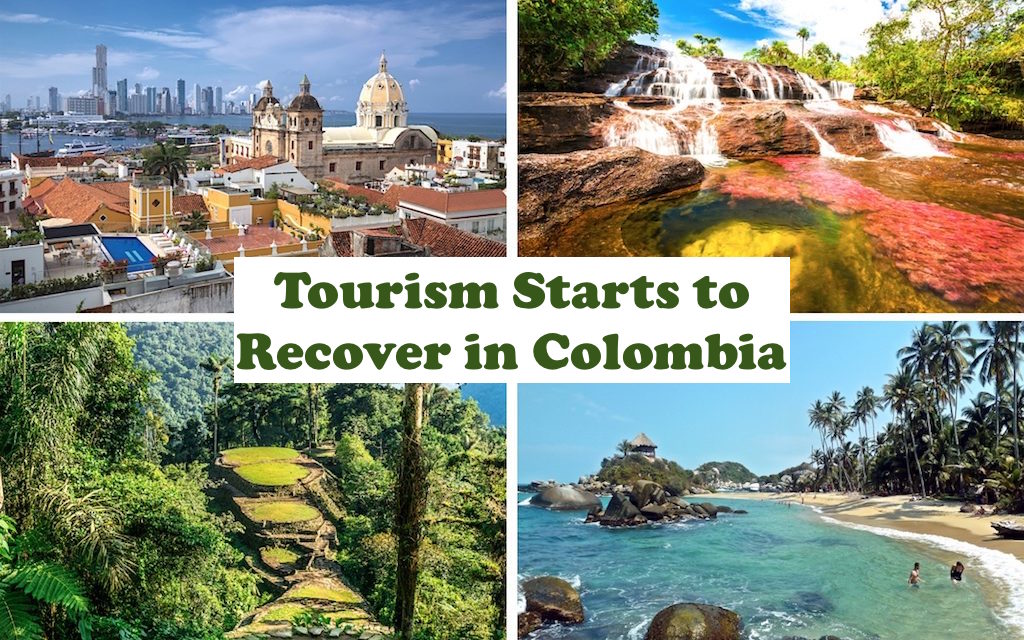

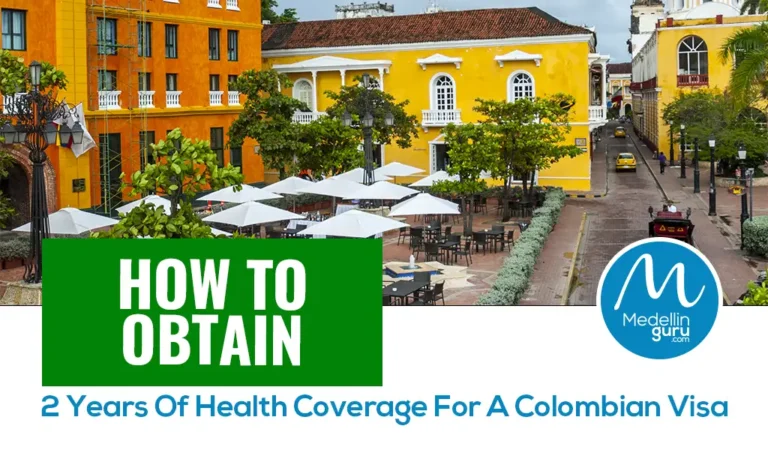




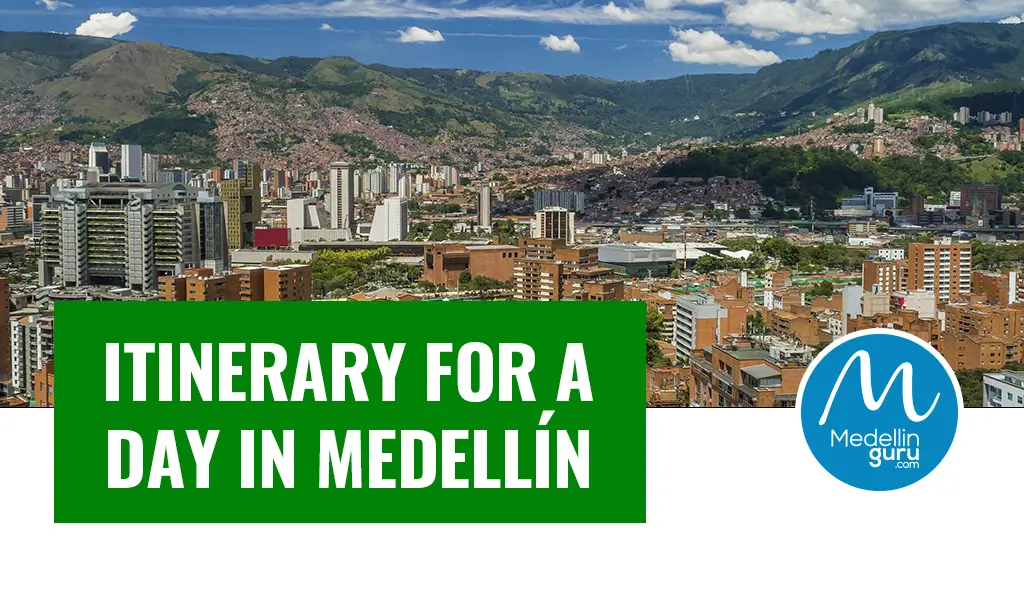


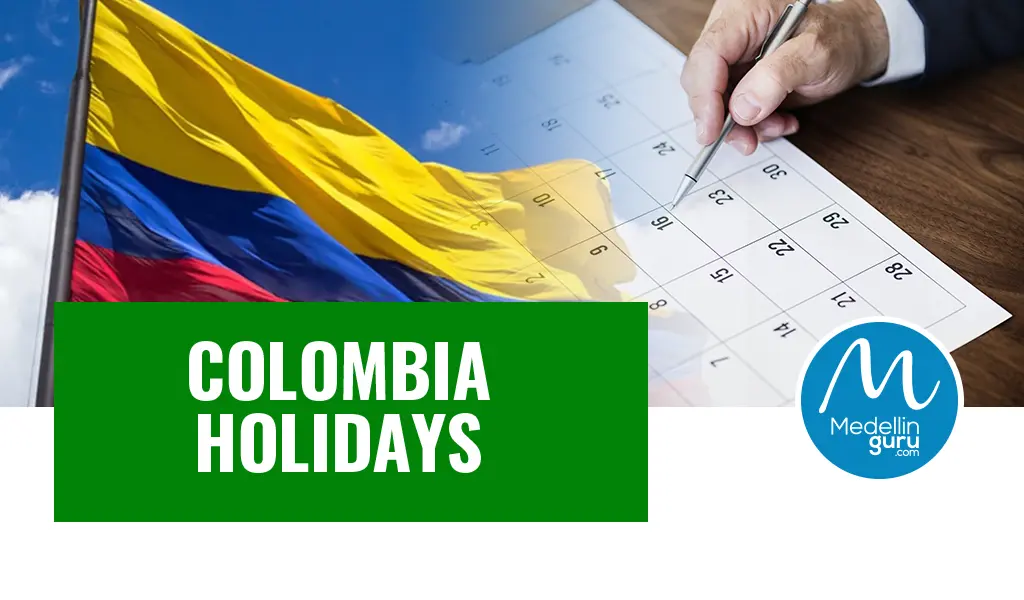












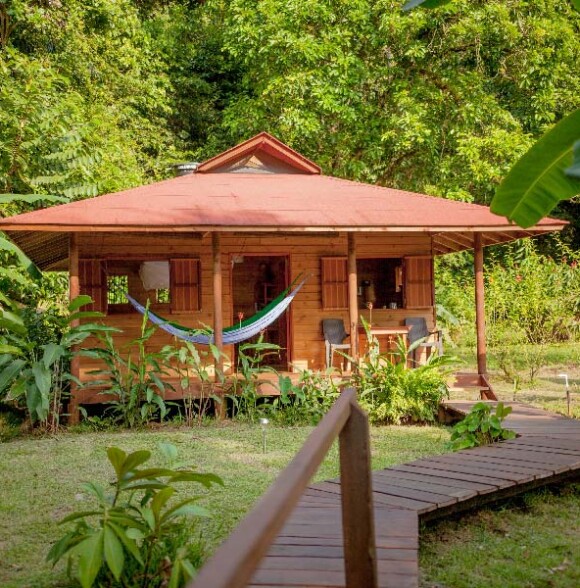







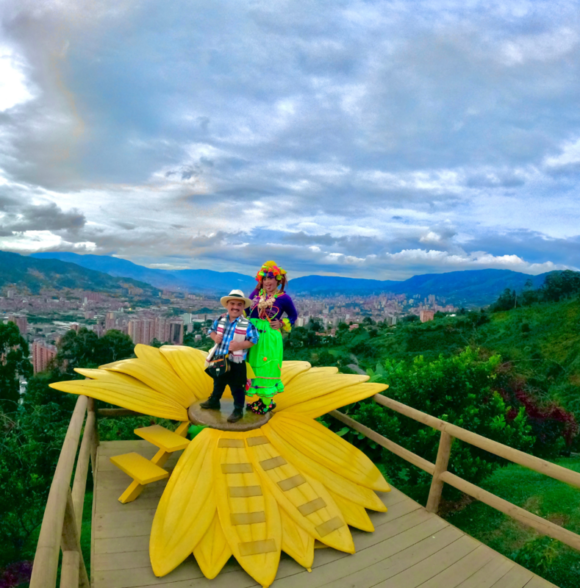


2 thoughts on “Tourism Recovery: Tourism Starts to Recover in Colombia”
If you have a Visa/Cedula why are the airlines wanting to charge a departure tax when leaving Colombia…This is something the airlines have started to do even when you show your Visa/Cedula….What am I missing?
Departure tax should be included in the ticket price.